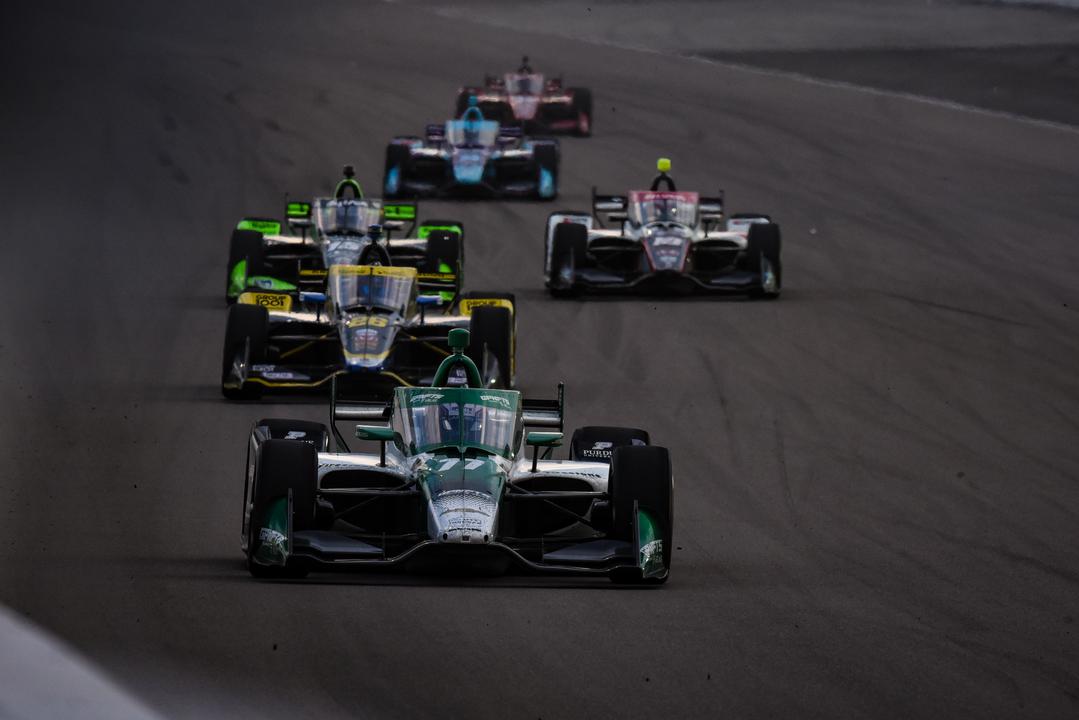

IndyCar President Jay Frye sees no problem with continuing to race the DW12 chassis into at least a 13th season, in 2024.
However, teams will still be fielding the chassis which debuted in competition in 2012, with no word on when it will be superseded.
According to Frye, the DW12 has been updated so many times that it is hardly a 2012-spec chassis anyway, and recent events have proven that it is still worthy of the IndyCar Series.
“We understand the questions about a new car, but if you look at the current car, there’s only two things that haven’t been modified since 2012: the bell housing and the gearbox, both of which will be updated in 2024,” he noted in a recent fan Q&A.
“So, in reality, this is not a 2012 car; this car has been updated hundreds of times over the past 10 years and will continue to evolve.
“The tub has been modified with different safety enhancements. So, if you have an older version of the tub, yes, the components have been added on or ‘bolted’ onto the car, but when the teams purchase new tubs, those enhancements are already incorporated.
“Essentially, it’s a new car. It’s current, it looks great, and it performs really well.
“At this year’s Indianapolis 500, we saw the fastest pole speed in the 106-year history of the race. We had the fastest front row and the fastest field, overall.
“Through the course of a couple of weeks at IMS, we also had numerous 100 g impacts, and all of the drivers involved in those incidents were okay.
“So, the car is fast, and it is safe.
“The third piece is how it races. The AK18 has shattered many on-track passing records on all different configurations of tracks: street circuits, road courses, short ovals.
“So, the car is fast, it’s safe, and it races well.”
One complaint which IndyCar does accept about its race car is its considerable weight.
Minimum car weight is now at least 1655 pounds, that being the figure which applies for speedway events, with another 185 pounds for the driver itself and ‘Driver Equivalency Weight’ on top of that.
Total minimum weight is thus at least 1840 pounds/835kg, and at least 1885 pounds/855kg on road courses/street circuits, before fuel and drink fluids are added.
Scott Dixon likened an IndyCar to “more of a junior category car” earlier this year, in so much that, “It’s not particularly fast, it’s not particularly nimble, it’s very heavy, there’s not a whole lot of grip, and some of the circuits that we go to are very low-grip as well.”
It is a situation which, all other things being equal, would get worse with the new engines and addition of hybrid units in 2024, but which the category is working to address.
“The highest-contributing factor to an IndyCar Series car’s weight gain has been safety components,” said Frye.
“An IndyCar Series car has to withstand incredible impacts with 240-plus mph speeds at Indianapolis.
“The aeroscreen and driver side-impact device have contributed the most to the weight gain, but we feel the benefits far exceed the negatives.
“The new hybrid system will also create hurdles with weight, but with changes to the car and engine, it also offers opportunities to reduce overall weight, and we will continue to work hard on that.”
One weight-saving initiative which has already been flagged is a new-generation aeroscreen, which will be lighter than the 52-pound/24kg unit which was added to cars in 2020.
The 2022 IndyCar Series continues next weekend at Portland, with every race live and ad-free on Stan Sport.





















Discussion about this post